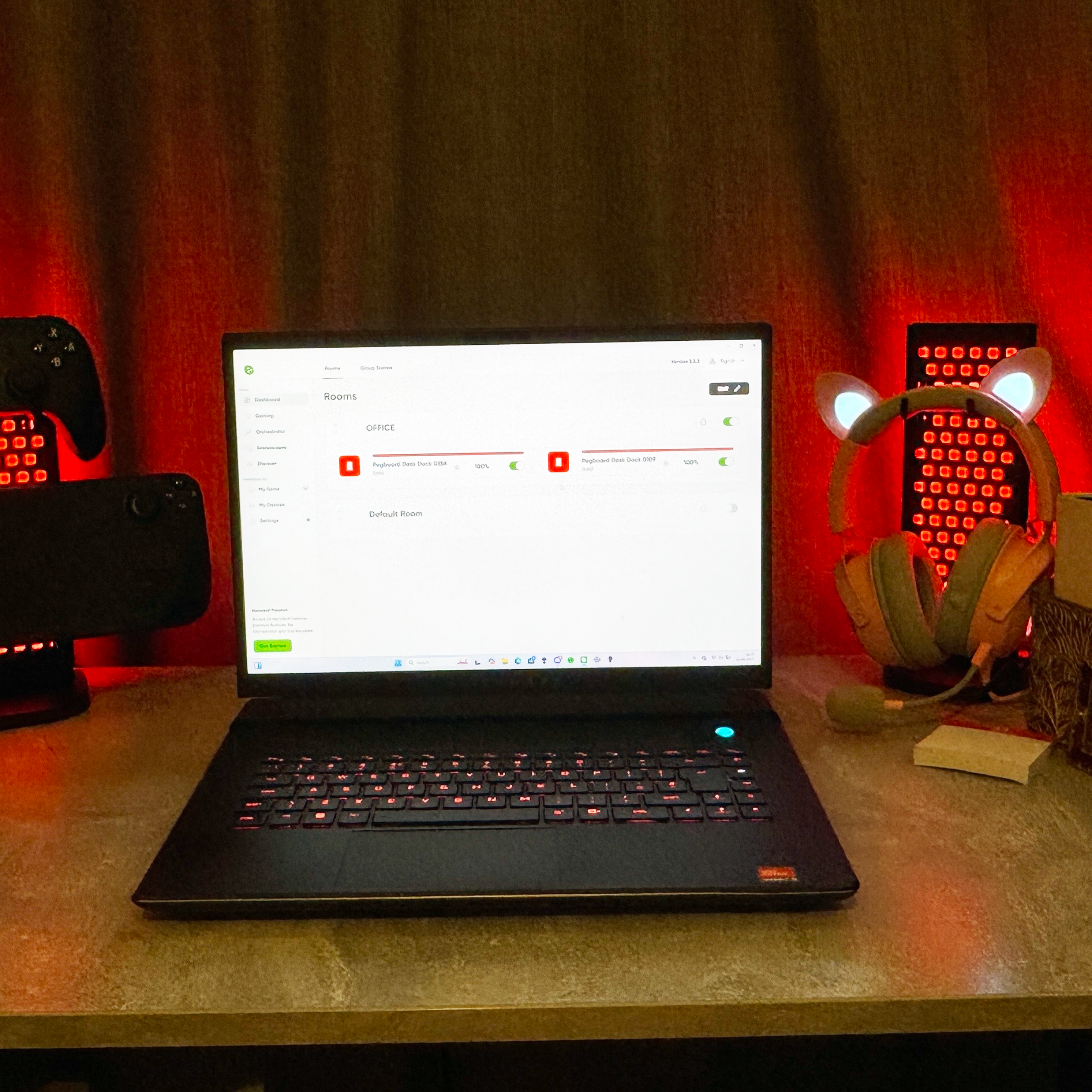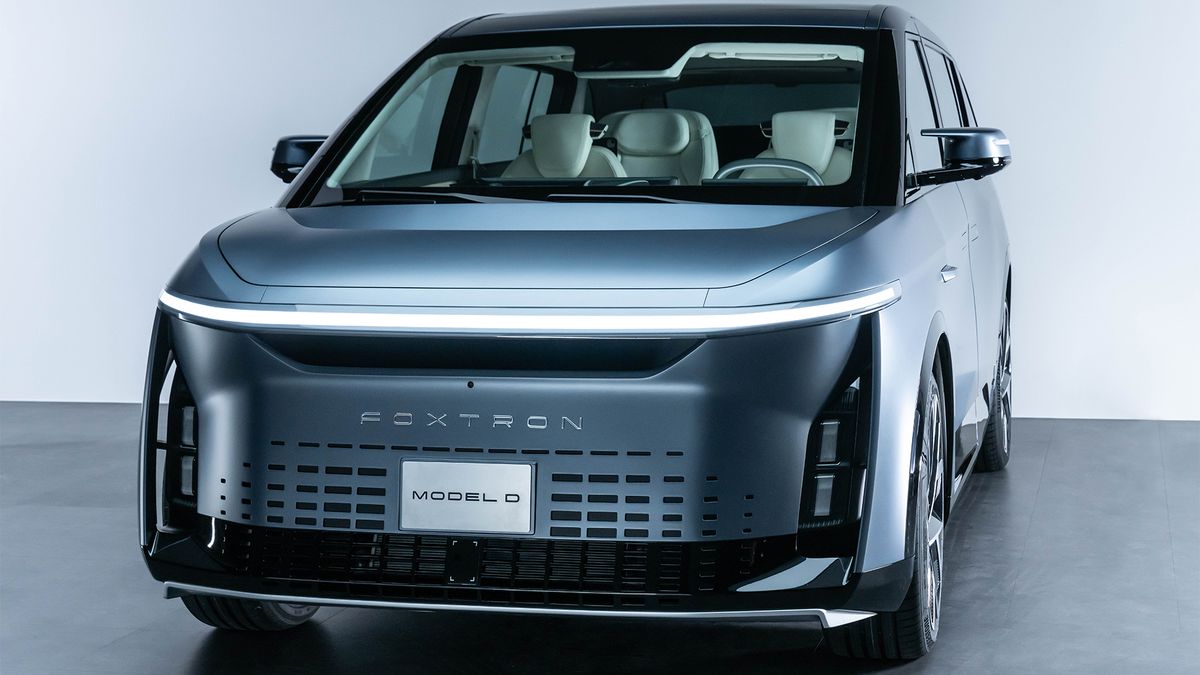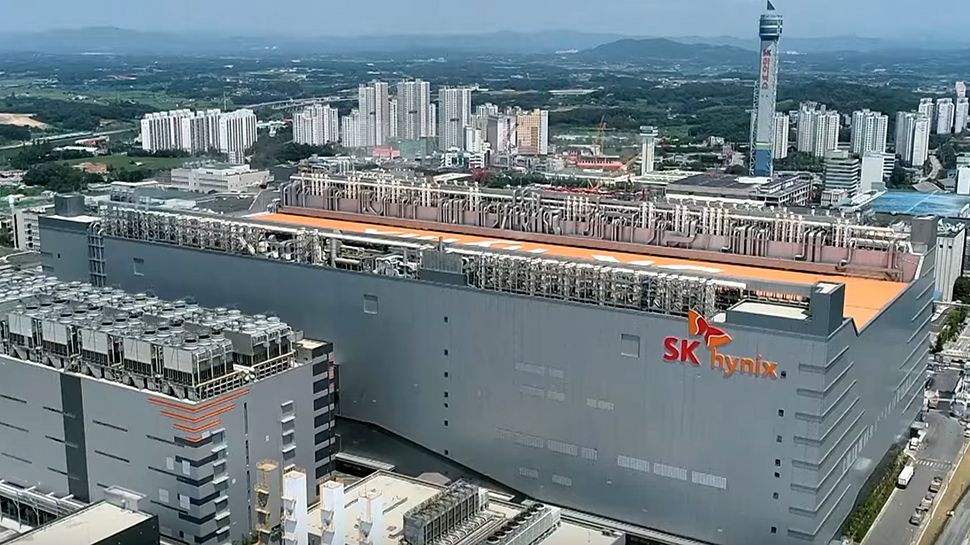One of the world's largest SSD manufacturers has just unveiled an innovative development that could eventually make the technology obsolete.
In a paper presented at a generative AI focus session, Micron, best known for its computer memory and data storage solutions, announced NVDRAM (nonvolatile dynamic random access memory), its version of a type of memory called RAM. ferroelectric (FeRAM). which surpasses NAND-based SSDs in terms of speed and durability.
FeRAM takes advantage of the properties of ferroelectric materials (typically lead zirconate titanate) to store information, a departure from traditional storage based on electrical charges. This method offers faster data access and a higher level of endurance compared to NAND flash memory, commonly used in SSDs.
A replacement for Optane
The new technology is also non-volatile, meaning it retains data even when the power is turned off, similar to SSDs. However, the advantage of FeRAM is that it can achieve this without the wear and tear that SSDs experience, giving it a significantly longer lifespan.
NVDRAM is described by Micron as “the world's first stackable, high-performance, high-density (32Gb), dual-layer, non-volatile ferroelectric memory technology” and is largely considered a continuation of the defunct AMD-class memory. company's Optane storage.
Despite these impressive features, this revolutionary technology will not be available to consumers in the near future due to the high production costs associated with FeRAM.
Instead, the company's initial focus will be on industrial applications, where the need for fast, durable and reliable data storage is essential. Blocks & Files, which reported on Micron's new technology, says: “We anticipate that Micron is already exploring commercial possibilities with potential server partners and large-scale Gen AI users.”
However, Micron's foray into FeRAM could mark a major milestone in the evolution of data storage technology, and an NVDRAM product with CXL access is expected to be on the horizon.








